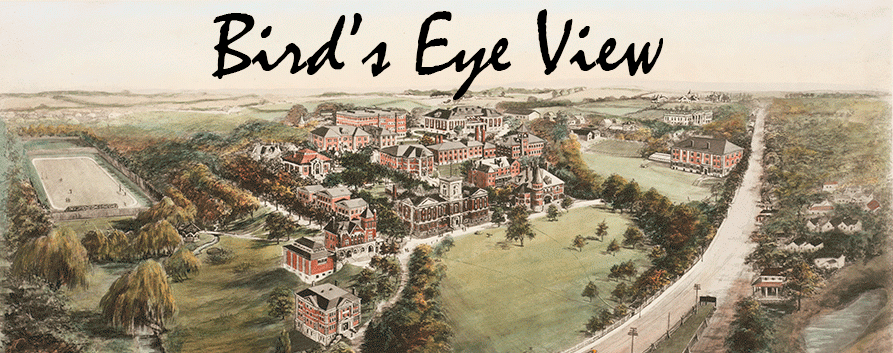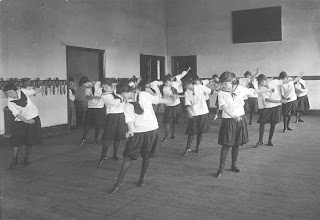The debate over "liberal" versus science and
"practical" studies is as old as the University of Kentucky itself.
Founded in 1865 following the Morrill Act that intended to support
agricultural and mechanical education and access to public higher education generally, UK's early history illustrates the
persistent tension between "practical" and "liberal"
education.
The details of the early debates
are presented in James Hopkins, The
University of Kentucky: Origins and Early Years (Lexington: University
Press of Kentucky, 1951) and J. Allen Smith, College of Agriculture, University of Kentucky, Early and Middle Years,
1865-1951).
President James K. Patterson,
UK's first president and a central figure in the debates, received a
"liberal" education at Hanover College and his intellectual interests focused primarily on philosophical studies. Many believed that he
hindered the growth of UK's science, engineering, and agricultural programs because
of his own background and intellectual interests.
As explained by Smith, "In
an 1880 report...he (Patterson)
contrasted eloquently and convincingly the agriculture and mechanical colleges
conducted under the 'narrow gauge' view with those conducted under the 'broad gauge’
view, to the great advantage of the latter, and he declared the intent of the
Morrill Act of 1862 was 'to make scientific and technical education the privilege
of all, and not the prerogative of the few...to dignify labor and ennoble toil by making the agriculturist
and the mechanic the equal in intelligence, in culture, in breadth of
information, and in nobleness of aim of those in any rank and in any profession
of life."

Unfortunately, the debate over “liberal’
versus “practical” education continues in 2017. People outside the academy somehow feel the need to pit interpretive dance against STEM majors, English against engineering, art against agriculture, and foreign language against business. But within the university there is tremendous cooperation among the colleges. I believe President Patterson would be very pleased with the scope
and breadth of his university today and the opportunities that UK students have to learn a skill and learn to live.








